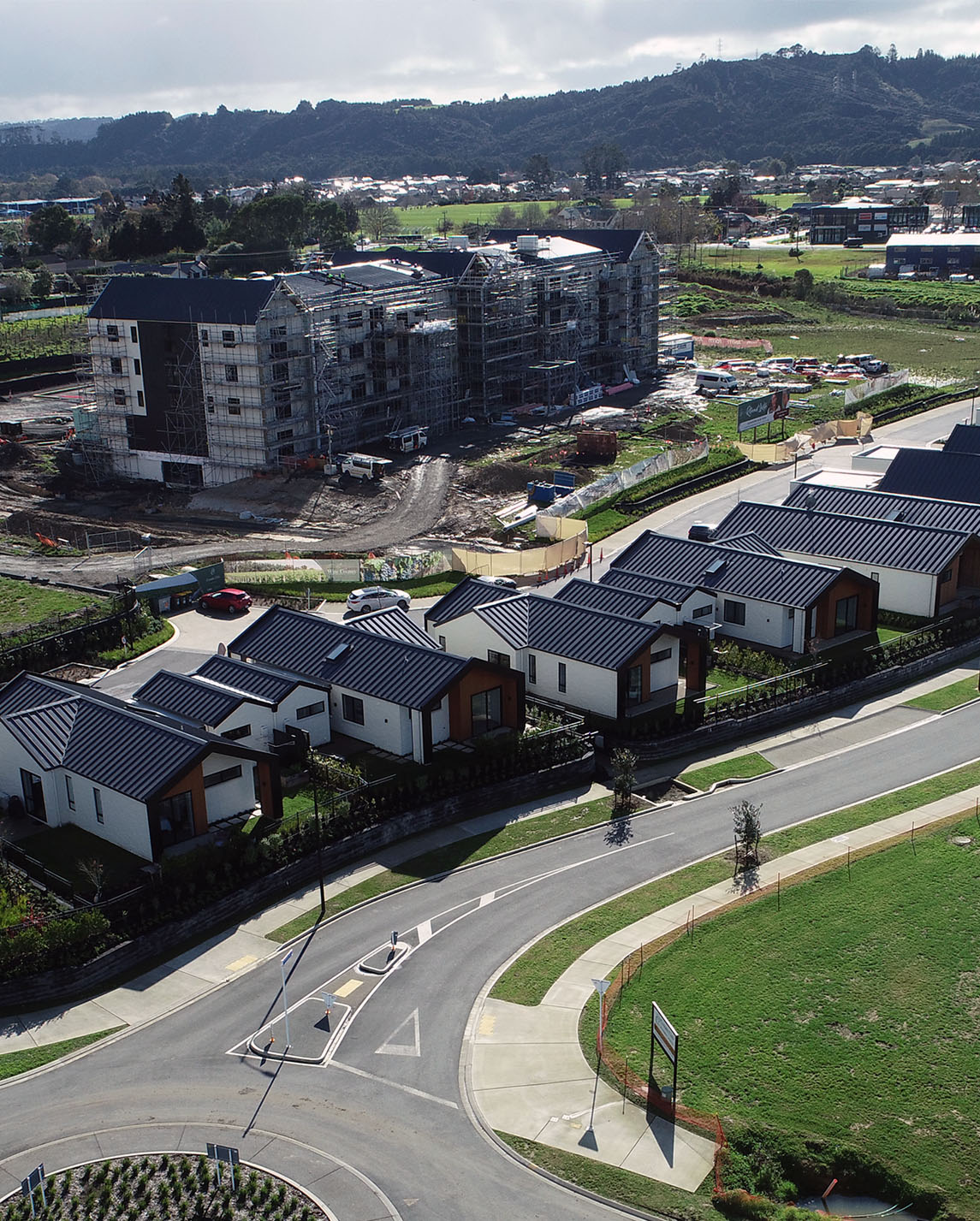Written by Kaaren Joubert | Planning Manager | Cato Bolam Consultants
Housing Minister Chris Bishop recently announced significant government decisions aimed at addressing the housing supply shortage as part of the Going for Housing Growth (GfHG) programme. This initiative is designed to enable more homes to be built through a comprehensive approach structured around three main pillars.
The Three Pillars of GfHG:
- Freeing Up Land for Urban Development: This involves removing restrictive planning barriers to make more land available for housing.
- Improving Infrastructure Funding and Financing: Ensuring the necessary infrastructure to support urban growth is adequately funded and financed.
- Providing Incentives for Growth: Offering incentives for communities and councils to support growth.
The primary objective of these pillars is to significantly increase the supply of developable land for housing, both within and on the edges of urban areas, ultimately improving housing affordability.
Next Steps:
In July 2024, several decisions related to Pillar 1 were announced. These changes will be implemented through amendments to the Resource Management Act and the National Policy Statement on Urban Development, with requirements expected to be in place by mid-2025. Formal consultation on the detailed design of these changes will occur in early 2025. Further ministerial decisions on Pillars 2 and 3 will be made throughout 2024 and 2025.
For more information, including factsheets, visit the Ministry of Housing and Urban Development website: Further Info. You can also access the Minister’s speech here: Going for Housing Growth speech | Beehive.govt.nz

Stay tuned for further updates as we continue to analyse how these reforms will impact councils, developers, and the broader community.
Contact Cato Bolam’s planning team for expert advice on how these changes might affect your projects.

